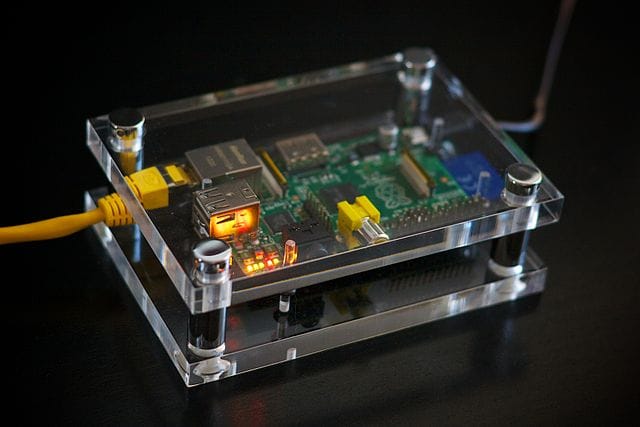IoT & Wearables: DIY IoT

For the first two entries of this series, we focused on social media and smart clothing. The goal was to showcase that the world of IoT and wearables is more diverse than what you might think. Today, I would like to show you some of the coolest DIY IoT projects that anyone could get into. Furthermore, several sources and websites of interest will be showcased.
DIY projects
One of the things that amazes me about the rapid advancement of technology is how quickly we get used to it. We rarely stop to consider that many of the things we use today are actually technological wonders.
When I look at the things built with a Raspberry Pi or an Arduino board, I am genuinely astonished. There is a lot of imagination, hard work, and dedication that goes into many of these projects.
Even better, the community is incredible. With most of the hobbies I have been involved with, there is always a sense of competition that is not always healthy. In the DIY community, the only sort of competition is creating more imaginative projects than what came before.
Moreover, it is incredibly rare to see a community so open about sharing everything. Project creators are rightfully proud of what they have accomplished and are universally happy about helping others achieve the same.
Though I will only mention a couple of projects here and there, there are thousands of them that I would like to talk about. Even if you are not really handy, many of these projects are relatively easy for beginners.
Raspberry Pi
The impact of the Raspberry Pi cannot be overstated. The tiny computer is well-known as the most affordable and reliable solution in the market. It has given rise to incredible DIY projects and allowed a whole generation of tech enthusiasts to try their hands in the trade.
The Pi is merely the size of a credit card yet its applications are endless. It has already been used to create emulators, portable game consoles, radios, and a lot more. You can use it to create an inexpensive media center that will rival professional boxes.
Another great thing about the Pi is that the DIY community is truly fantastic. The Magic Mirror project, for instance, has an extremely helpful forum of users. As long as your woodworking skills are better than mine, you can have an intelligent mirror that displays information like the weather for $300.
Arduino
Though Arduino boards and Raspberry Pis are different types of devices, comparisons between the two always arise in the DIY space. The company was one of the first to truly commercialize the concept of a small but powerful computer for DIY projects and they have continued to do well in the market.
The number of projects based on boards like the Arduino Uno are as numerous as the Raspberry Pi. Some of my absolute favorites include the DYI Ambilight and the hilarious romance pants.
Once again, it is the creativity of the community that makes these projects so interesting. The price of entry is not too high, compared to other hobbies. Furthermore, you learn valuable skills in the process.
Other entities
Though the micro-computer world is already dominated by the aforementioned companies, others have tried to enter the game with varying levels of success. VoCore is a coin-sized, Wi-Fi enabled computer for more niche projects. The Odroid-C1 is an intensely powerful micro-computer for larger projects.
Intel also offers two boards by the name of Galileo and Edison, the latter of which is an incredibly powerful machine though relatively expensive if you want a real starter kit.
There are plenty more examples out there too. The defining difference, however, is the community. The Raspberry Pi and Arduino boards have the largest community support out there.
Whether you are just now starting this hobby or you are an experienced veteran, chances are you will want to interact with others.
What should you expect with DIY IoT?
The difficulty and cost of any given project depends entirely on what you are trying to achieve. If you would like to build a homemade smoke alarm notifier, for instance, you can do it for about $10. In contrast, the aforementioned magic mirror will easily cost you ~$250-300.
Even if you are not familiar with coding, welding, or anything else related to DIY, an IoT project is still a great place to start. For the simplest projects, you will simply need to assemble a few pieces together and either run code made by other people or create a simple IFTTT recipe.
Links
Below I have included several links that will hopefully get you started on a hunt for DIY IoT projects. The creativity of the community always astonishes me and I have no doubt in my mind that everyone can find a project they can relate to.
Of course, the list below is by no means exhaustive. It is simply there to act as a stepping stone. You will be able to find a huge variety of other projects with a simple online search. Starting here, however, should give you some idea of what to expect.



